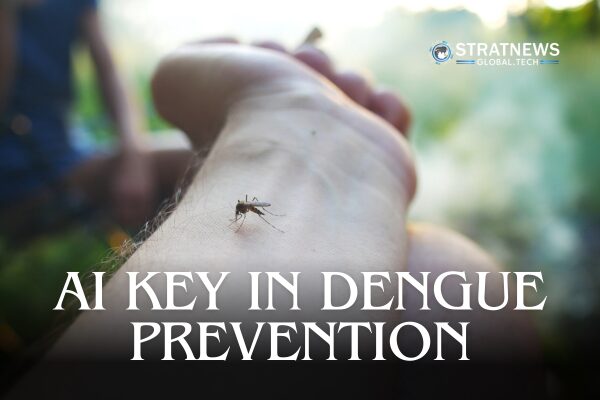Innovation and Education at the Heart of Dengue Fight, Say Experts at Asian Dengue Summit
As the 8th Asian Dengue Summit convenes in Manila from 15 to 18 June, global experts are expected to emphasise that both innovation and public education are critical in combating the spread of dengue fever and other mosquito-borne diseases.
The World’s Deadliest Animal: The Mosquito
“The mosquito is the most deadly animal on the planet,” said Tom Mascari, Principal Entomologist at SC Johnson, a leading mosquito repellent manufacturer. “It is more dangerous than human-on-human violence, hippos, or crocodiles.”
Dengue fever affects hundreds of millions globally each year and causes approximately 20,000 deaths annually. Symptoms include fever, headache, vomiting, skin rashes, and severe muscle and joint pain. In critical cases, the illness develops into dengue hemorrhagic fever, which can result in internal bleeding and death.
Mafe Cabreros, a Manila resident and mother of two, has survived dengue. “When I had dengue, I felt everything – dizziness, vomiting, headache,” she shared. “I feel scared when I hear a mosquito, especially for my children.”
Innovations in Dengue Detection and Prevention
To protect her family, Cabreros follows a daily routine of burning mosquito coils and applying repellent creams. While these methods are essential, scientists are introducing innovative solutions to reinforce public health efforts.
Researchers at the University of South Florida are developing a mosquito trap that employs artificial intelligence (AI) to identify disease-carrying species. The trap uses attractants to lure mosquitoes. Cameras then capture images, and AI algorithms analyse anatomical features to determine the mosquito’s species. This real-time data helps authorities track and respond to potential outbreaks quickly.
“This device enables us to monitor specific mosquito species remotely and efficiently,” said Professor Ryan Carney. The device is projected to cost under $150 USD, making it viable for wide-scale deployment.
Globally, scientists are also exploring gene editing, including CRISPR technology, to either reduce mosquito populations or stop them from transmitting diseases like dengue or malaria.
Public Awareness Remains Critical
Despite technological progress, education remains the frontline defence. Mascari noted, “We know from over a century of experience that no single solution will work. Proven measures like personal repellents remain vital.”
Community-based education is being promoted in Manila schools through a partnership between the Ayala Foundation and SC Johnson. These programmes teach children and families how to protect themselves from dengue, reinforcing habits such as using insecticides, repellents, and mosquito nets.
Urban Growth and Climate Fuel Dengue Spread
Dengue, often called “break-bone fever” due to the intense pain it causes, is primarily transmitted by the Aedes aegypti mosquito. Urban density and poor drainage systems make cities like Manila hotspots for outbreaks. The risk rises during the monsoon season, typically from June to September.
Experts also warn that rising global temperatures and longer rainy seasons—linked to climate change—are increasing mosquito breeding and accelerating the spread of dengue.
As nations gather in Manila to share solutions, the message is clear: the fight against dengue demands a combined effort of innovation, education, and resilience.
with inputs from Reuters


